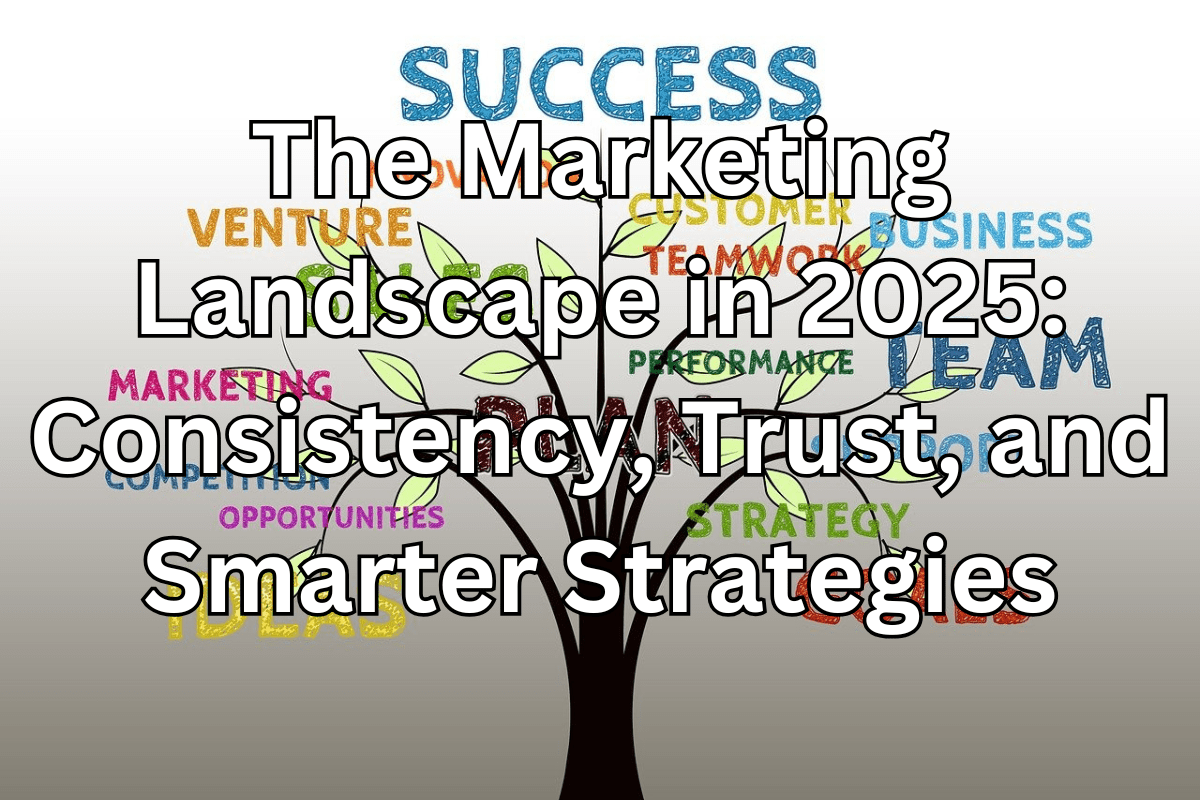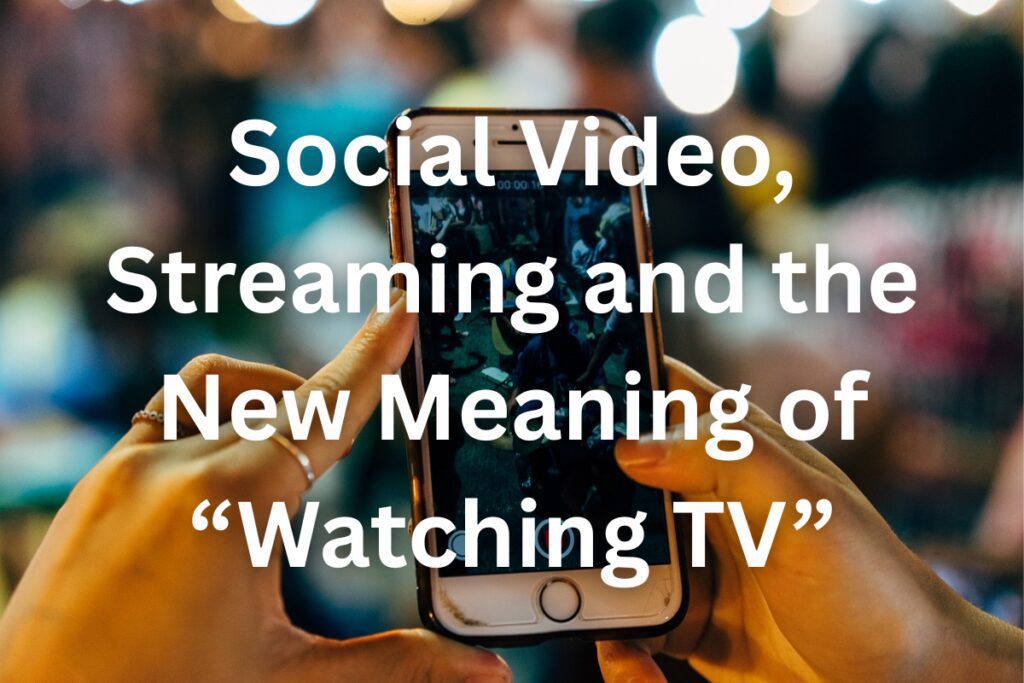As 2025 begins, the marketing world is poised for another year of evolution, with brands and agencies navigating both familiar trends and fresh challenges.
Discussions will continue around artificial intelligence (AI) applications, retail media growth, social media regulation, and the balancing act of aligning brand purpose with profit.
However, new media trends are emerging, shaping the way businesses strategise for growth. The following key areas will likely dominate conversations this year, providing marketers with a framework for smarter and more effective decision-making.
The Year of Consistency
Marketing has historically been a space driven by innovation and reinvention, with past years dubbed ‘The Year of Mobile’ and ‘The Year of Efficiency.’ However, 2025 is shaping up to be the ‘Year of Consistency.’
A growing body of research, including System1’s report ‘The Magic of Compound Creativity’, highlights that instead of constant reinvention, brands should focus on refining and reinforcing what has already delivered strong results.
Consistency in brand messaging, creative assets, and campaign approaches is now being recognised as a key driver of long-term success. A columnist analysing these findings concluded that marketers now have tangible proof that brand reinforcement can be more impactful than frequent overhauls.
Expect further debate around the merits of total brand reinvention versus strengthening proven campaigns, with the Jaguar rebrand serving as a much-discussed case study.
The Need for Media Diversity
While consistency is crucial, it should not come at the cost of diversity in media channels. Brands that rely on a singular approach risk missing out on the broader impact that a well-balanced media mix can deliver.
Consumer behaviours will continue to shift in 2025, leading to greater audience fragmentation and making it harder to command attention.
Brands and agencies must explore data-driven decisions to optimise their channel selection. Direct mail, for example, is an often-overlooked channel that commands significant consumer attention – an average of 132 seconds per mail piece.
Its ability to complement digital and social media efforts makes it an invaluable component of a well-rounded strategy. With Marketreach providing rich data and case studies, marketers should aim for an integrated approach that combines digital, traditional, and emerging media for maximum impact.
The Measurement Debate: Striving for Standardisation
Measurement remains an ongoing challenge for marketers, with a growing demand for more robust data and insights.
Channels such as Connected TV (CTV) and retail media continue to struggle with standardised metrics, making cross-channel comparisons difficult. Industry-wide cooperation is expected to be a key focus in 2025, as marketers push for integrated cross-channel measurement.
Business outcomes, rather than vanity metrics, are becoming the focal point of marketing measurement. Mail, for instance, has already proven its effectiveness in driving purchases – JICMAIL data from Q1 2024 revealed a 43% year-on-year increase in mail-driven purchases.
Collaborative initiatives between brands and industry bodies like JICs (Joint Industry Committees) are expected to surface deeper insights, helping brands make more informed decisions on their media investments.
Trust: A Critical Differentiator
Trust is increasingly becoming a brand’s most valuable asset, especially in an era where misinformation, AI-generated fakes, and concerns over data privacy are eroding consumer confidence.
Adobe research indicates that 71% of UK consumers are likely to abandon a brand that breaks their trust.
However, advertising trust levels vary significantly across channels. While overall trust in advertising is on the rise, the channel mix plays a significant role in shaping consumer perceptions.
Direct mail continues to be a highly credible medium, particularly among younger demographics. A study examining mail’s impact on voting intentions during last year’s General Election found it to be nearly twice as trustworthy as other advertising channels.
As trust becomes a key battleground in 2025, brands will need to carefully consider their media mix to maintain consumer confidence.
Geotargeting: Enhancing Customer Experience in a Competitive Market
With rising costs due to inflation, mortgage rates, and energy prices, customer experience (CX) will be a major differentiator for brands in 2025. One strategy that is gaining traction is geotargeting – delivering location-based messaging tailored to specific audiences.
Geotargeted campaigns help brands engage local consumers in a more meaningful way, whether through digital out-of-home advertising, retail media channels, or personalised direct mail.
Mail, in particular, can be seamlessly integrated into larger retail media campaigns to drive hyper-relevant offers. As brands compete for consumer loyalty in an increasingly challenging economic climate, geotargeting is set to play a pivotal role in optimising marketing effectiveness.
Looking Ahead: A Balanced Approach to 2025
The marketing landscape in 2025 will be shaped by a blend of consistency and adaptability. Marketers must hold onto proven strategies while remaining flexible in response to market shifts.
A balanced approach that incorporates data-driven media diversity, robust measurement frameworks, and trust-building strategies will be essential.
As brands and agencies prepare for the year ahead, the key to success lies in understanding audience behaviours, leveraging cross-channel insights, and embracing innovative approaches that deliver real value.
By combining stability with calculated experimentation, businesses can ensure that their marketing efforts are not only effective but also sustainable for long-term growth.









